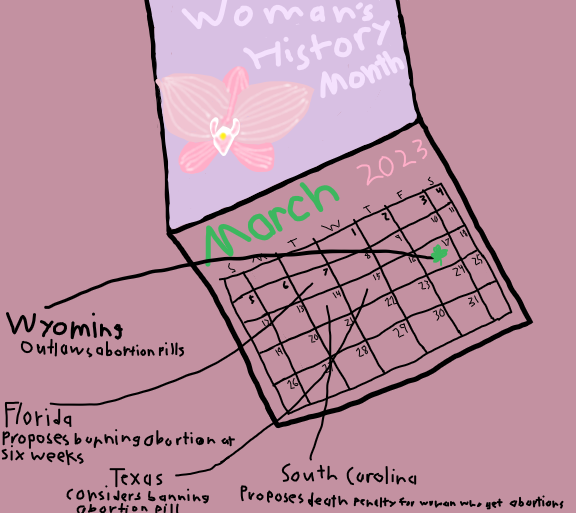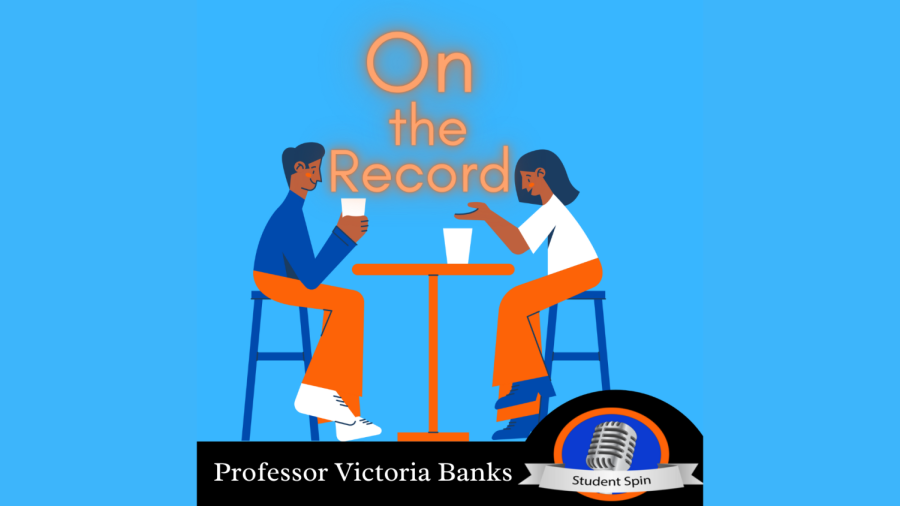Students are often asked if they are traditional or non-traditional students, and yet many do not know what these terms mean, nor do they know the category they fall in to.
Many of us do not understand what could possibly separate us from our peers or vice versa.
So, I set out to find out what these terms truly mean and what the implications of these categorizations are.
The National Center for Education Statistics (NCES) has listed seven characteristics that are common to nontraditional students.
To be considered a nontraditional undergraduate, a person: does not immediately continue his or her education after graduating from high school, attends college only part time (less than 12 credit hours per semester), works full time (35 hours or more per week), is financially independent, has children or dependents other than a spouse, is a single parent and/or have a GED, not a high school diploma.
What does this mean? Well, to put it simply, nothing.
Non-traditional students have the same goals as traditional students, despite taking different routes in achieving those goals or having different obstacles.
Life can get in the way of our plans sometimes, and we can often find ourselves side-tracked from our original goals for years at a time. There is nothing wrong with that, and it can often build character.
At the end of the day, both traditional students and non-traditional students have the same goal, to graduate.
Though they have taken different paths, different times or different ways of achieving those goals, the things we have in common greatly outweigh our differences.
We are peers, we are classmates, we are friends and we are Chargers.
































































